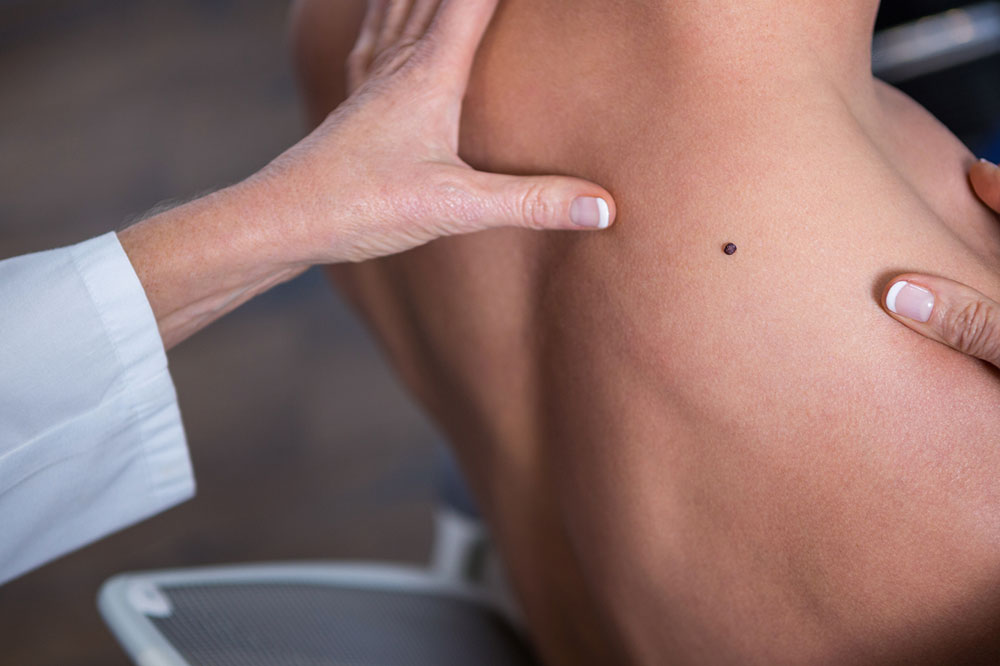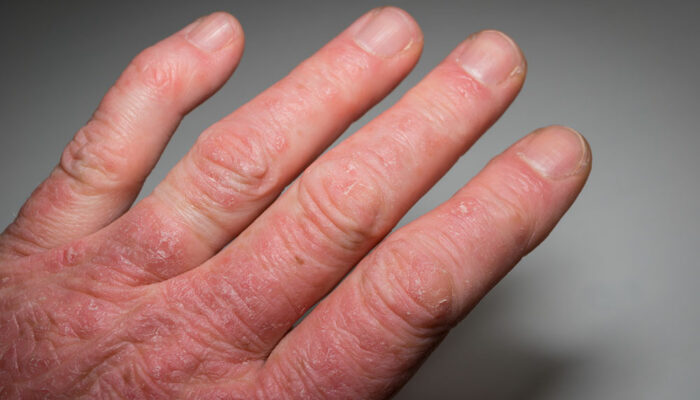
7 Prevalent Risk Factors of Melanoma
Identifying the risk factors of melanoma can help reduce the chances of the disease’s development. The American Cancer Society (ACS) estimates that more than 100,000 people were diagnosed with melanoma in 2020 alone. And, out of this, about 6,000 people are expected to die from this malignant disease. Estimating a person’s risk can enable medical professionals to develop strategies and prevent the onset of this cancer.
7 risk factors for developing melanoma
1. Sex and age
Men are more at risk of developing melanoma than women. Also, the older a man gets, the more vulnerable they become to this condition. Conversely for women, those under the age group of 50 are at a higher risk of developing melanoma. The American Cancer Society opines that is one of the most common types of cancer affecting young adult women in the United States in recent years.
2. Color of the skin
Melanoma can affect anyone but is more common in white American males than in African Americans or Americans with Asian or Hispanic heritage. Also, white men with blond or red hair and green or blue eyes are more susceptible to this skin cancer. Those with sensitive skin that is easily prone to burns and freckles are also at a higher risk of developing melanoma.
3. Family history of melanoma
A family history of melanoma is present in at least 10% of all people diagnosed with this disease. Anyone with a close biological relative like the father, mother, brother, or sister who has had this type of skin cancer are more prone having it. Genetic exposure to cancer cells increases this disease’s risk by at least 2 or 3 times than that without this gene. Additionally, a family history of cancer can also cause gene mutations, which is a primary risk factor of melanoma.
4. Personal history of skin cancer
If you have been diagnosed with other types of skin cancer (like basal cell carcinoma or squamous cell carcinoma), then your risk of developing melanoma is high. It is because both the disease and the subsequent treatments for removing the cancerous cells weaken your immune system.
5. Presence of moles
The presence of a large number of moles or abnormal-looking moles increases the risk of melanoma. It is normal to have moles on the skin. But if they are large and irregularly sized with uneven edges or unusual coloring, then these dysplastic or atypical moles increases your risk of being diagnosed with the condition.
6. Exposure to the sun
Exposing unprotected skin to harsh sunlight makes it more susceptible to melanoma. Ultraviolet radiation from the sun, especially for people living in high altitudes, increases skin cancer risk. Both UV-A and UV-B rays are harmful to the skin and, apart from cancer, can also cause darkening, wrinkling, and faster aging of the exposed skin. People who work outdoors in farms or beaches, or open land with no protection from natural sunlight are at an increased risk of skin cancer like melanoma.
7. Artificial tanning
Like with direct skin exposure to the sun, artificial tanning under harsh lights is also harmful to the skin and is a risk factor for melanoma. Avoiding all types of artificial solariums with tanning beds, booths, sunbeds, or sunlamps is the best way to reduce the risk of developing cancer.
Sometimes, people with many risk factors might never develop melanoma. In contrast, it can affect others with no apparent risks. While some of these risk factors can be reduced or avoided, family history and faulty genes cannot be changed. It is worth taking the time to identify your risk factors to make informed choices regarding your health.



